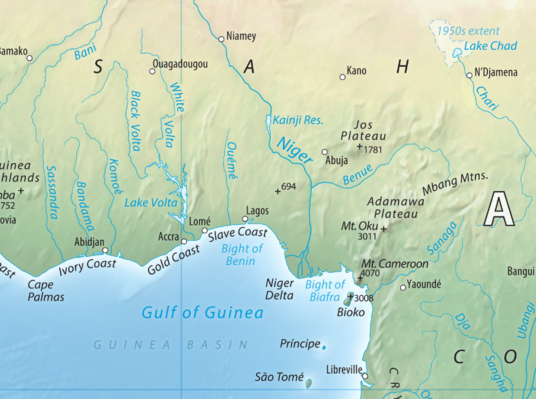
P164_South Africa
Breathing for Biodiversity Conservation: Innovations in Elephant Lung Ventilation and Oxygenation Monitoring
Cooperating countries: South Africa and Austria
Coordinating institution: University of Veterinary Medicine Vienna, Friederike Pohlin friederike.pohlin@vetmeduni.ac.at
Partner institution: University of Pretoria
Project duration: 1 January 2026 - 31 December 2027
Budget: EUR 36.277
Abstract:
Elephants (Loxodonta africana) are keystone species essential for ecosystem health, but face increasing threats by habitat loss, human-wildlife conflict, and poaching. Their effective management and conservation often requires chemical immobilization, yet their respiratory physiology under anaesthesia is poorly understood. Due to their large body mass and unique lung anatomy, immobilization poses risks of hypoventilation, hypoxaemia, and lung collapse, which can lead to organ damage and death. Current respiratory monitoring tools used in wildlife medicine are limited in
accuracy and feasibility, leaving a critical gap in best practices for elephant immobilization protocols.
This project aims to investigate elephant respiratory physiology by combining Electrical Impedance Tomography, a non-invasive imaging technique to assess ventilation of the lungs, with blood oxygen transport analysis. Respiratory monitoring tools including pulse oximetry, co-oximetry, and blood gas analysis will be compared and their accuracy assessed against the gold standard Tucker method. By studying both awake and immobilized elephants, the project will differentiate between the effects of recumbency and chemical immobilization, providing scientific evidence to improve immobilization safety.
Led by two early-career female researchers, with support from senior mentors, this project integrates wildlife health into elephant conservation strategies by linking veterinary anaesthesia with animal physiology and biomedical engineering. The project aligns with the Sustainable Development Goals by promoting biodiversity conservation (SDG 15), innovation in wildlife health monitoring (SDG 9), and improved veterinary health care (SDG 3). Its outcomes will enhance immobilization safety and respiratory monitoring in elephant conservation, and foster long-term institutional collaborations in
conservation medicine.